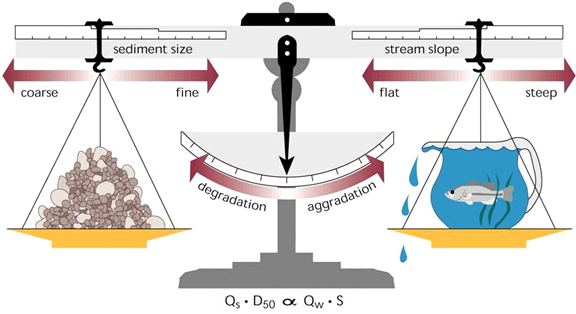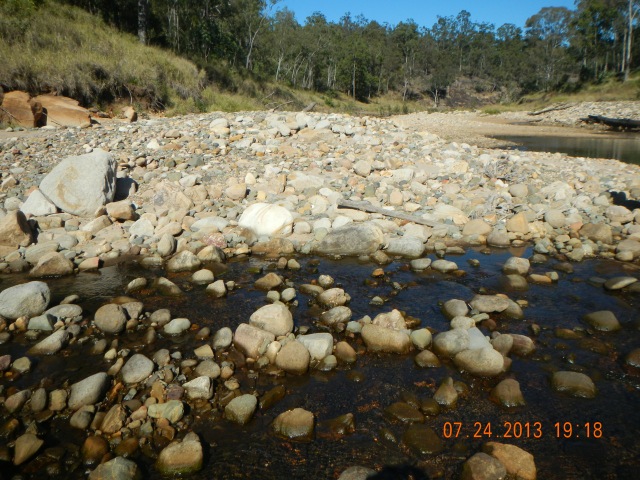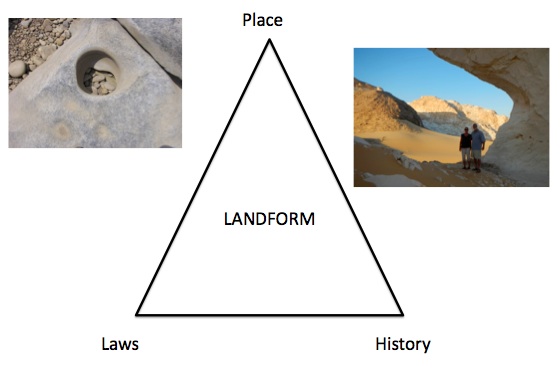5 Things about Nikki Noe!
 1. What do you do in your spare time?
1. What do you do in your spare time?
While keeping up with two kids, I do my very best to make an attempt to go to the drag strip, truck pulls, or dyno events.
2. What is your favorite movie or book?
Major Payne, hands down.
3. Are you a cat person or a dog person (or do you like another species entirely)?
Love them both! I have two cats now, Chevy and Smokey, but hopefully we will be able to get a dog next summer.
4. What is the most interesting/your favorite place you've been?
Cairns, Australia. Even though we couldn’t swim in the ocean because of the jellyfish, it was by far one of the most beautiful places I have ever visited.
5. What is your favorite food?
I love summer time foods, good ole burgers and hotdogs (slightly burnt of course) off the grill.




